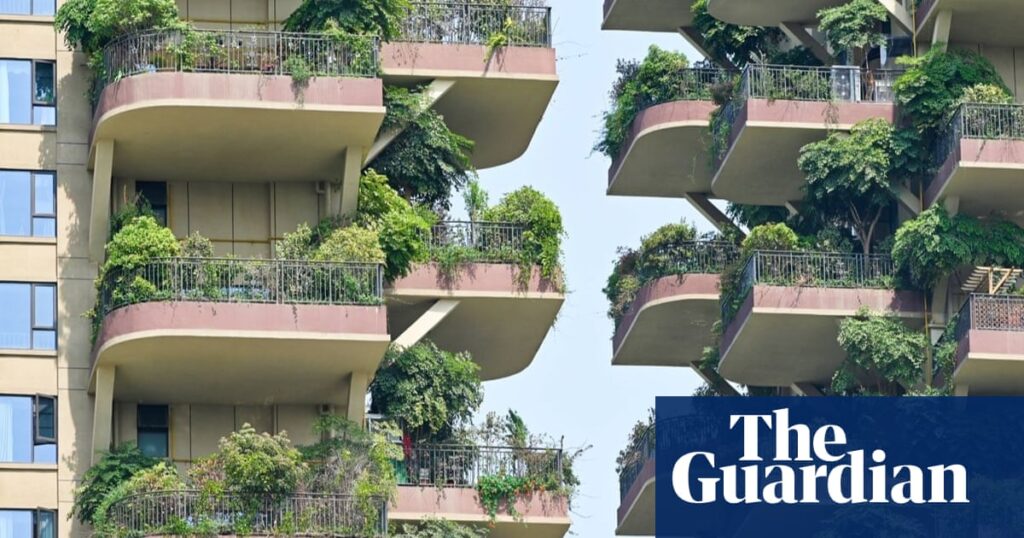It has been a summer of heatwaves in western Europe, with record highs of 46C (115F) in Spain and Portugal.
An estimated 2,300 people died of heat-related causes across 12 European cities in June, according to a rapid scientific analysis, with two-thirds of those deaths linked to climate breakdown, which has made heatwaves more severe.
While green spaces can help mitigate extreme heat, a recent study shows that urban green spaces are not distributed equitably.
Nearly 80% of the population of western Europe live in urban areas, and the urban heat island effect turns those cities into pressure cookers during a heatwave. Street trees, parks and green roofs can significantly lower temperatures, and many cities are planting more trees and creating green spaces.
Weiqi Zhou, at the Chinese Academy of Sciences in Beijing, and colleagues mapped green space creation and compared this with levels of social deprivation in two megacities: Beijing and New York City.
Their results, published in Earth’s Future, show green space is more likely to be added in high-income areas, exacerbating social vulnerability.
They conclude that cities should prioritise the most vulnerable neighbourhoods for urban greening and not just plant trees where it is easy to do so.


